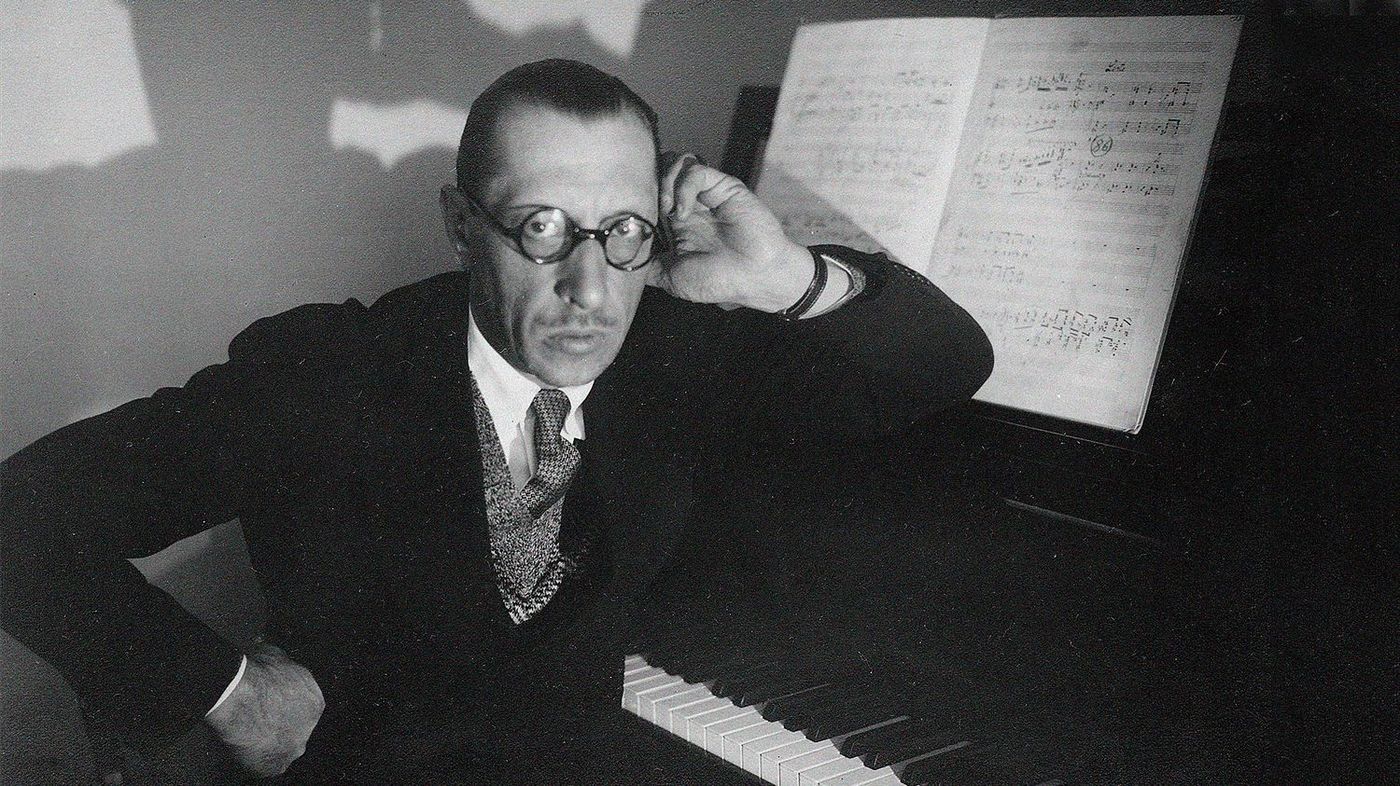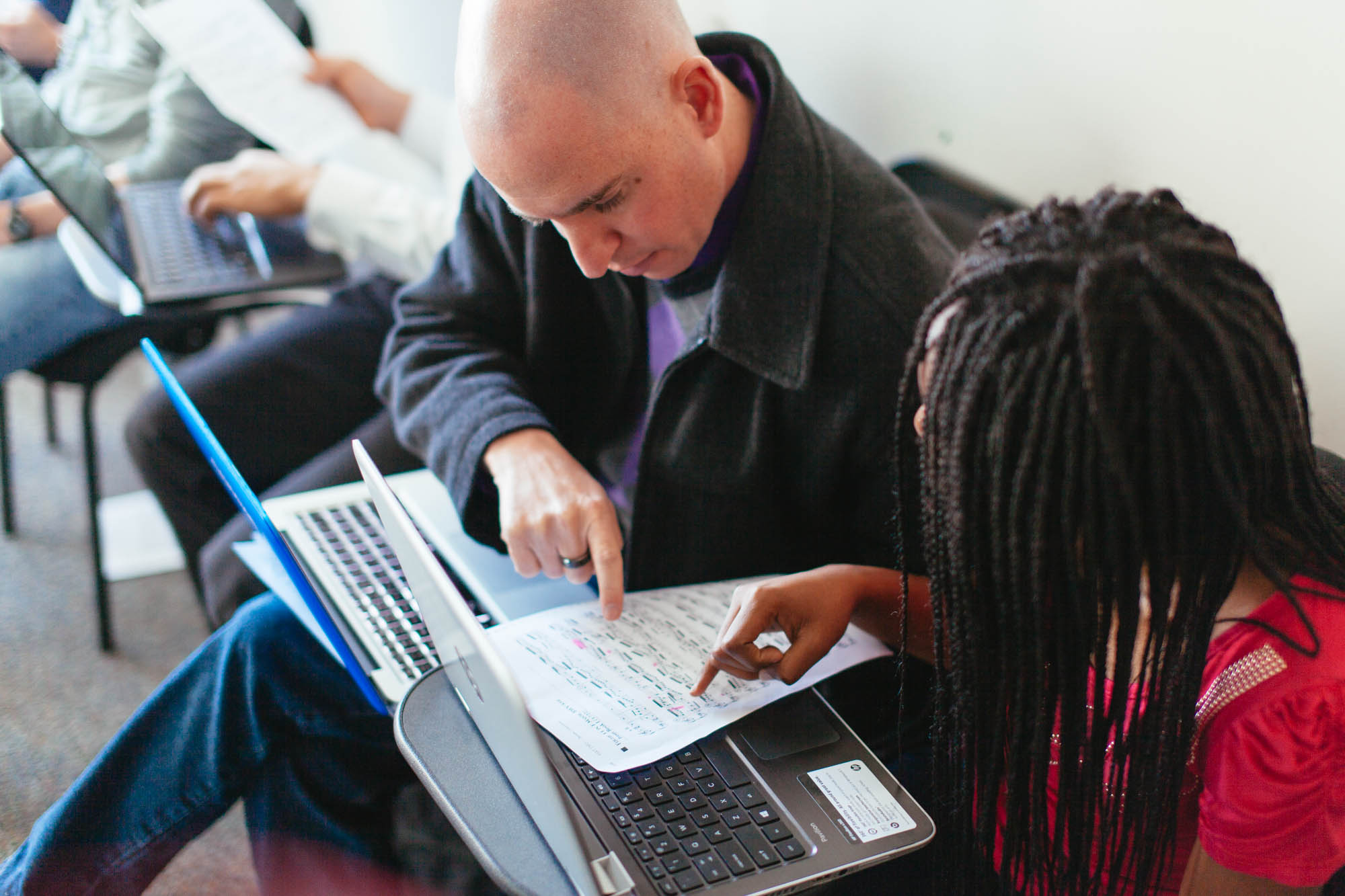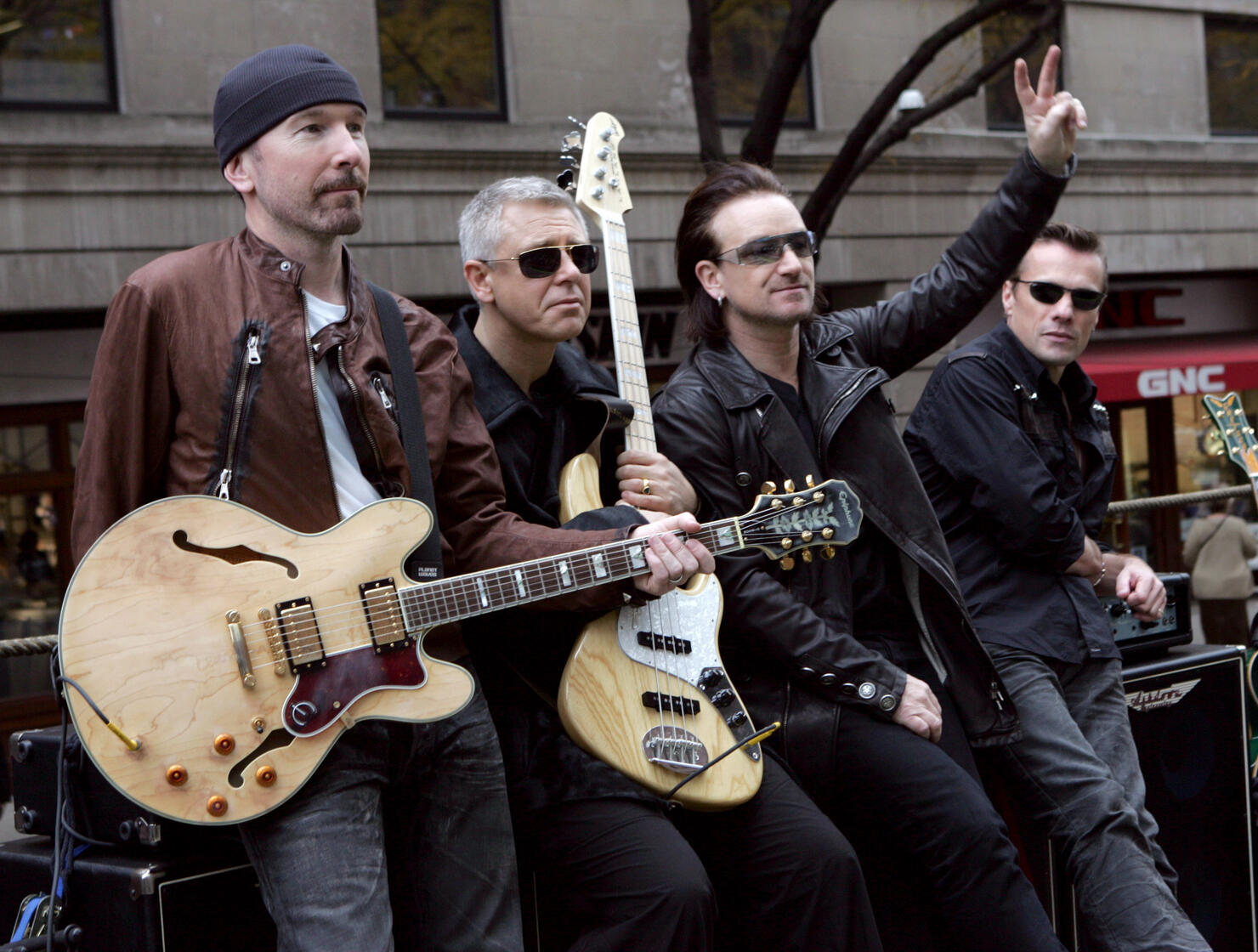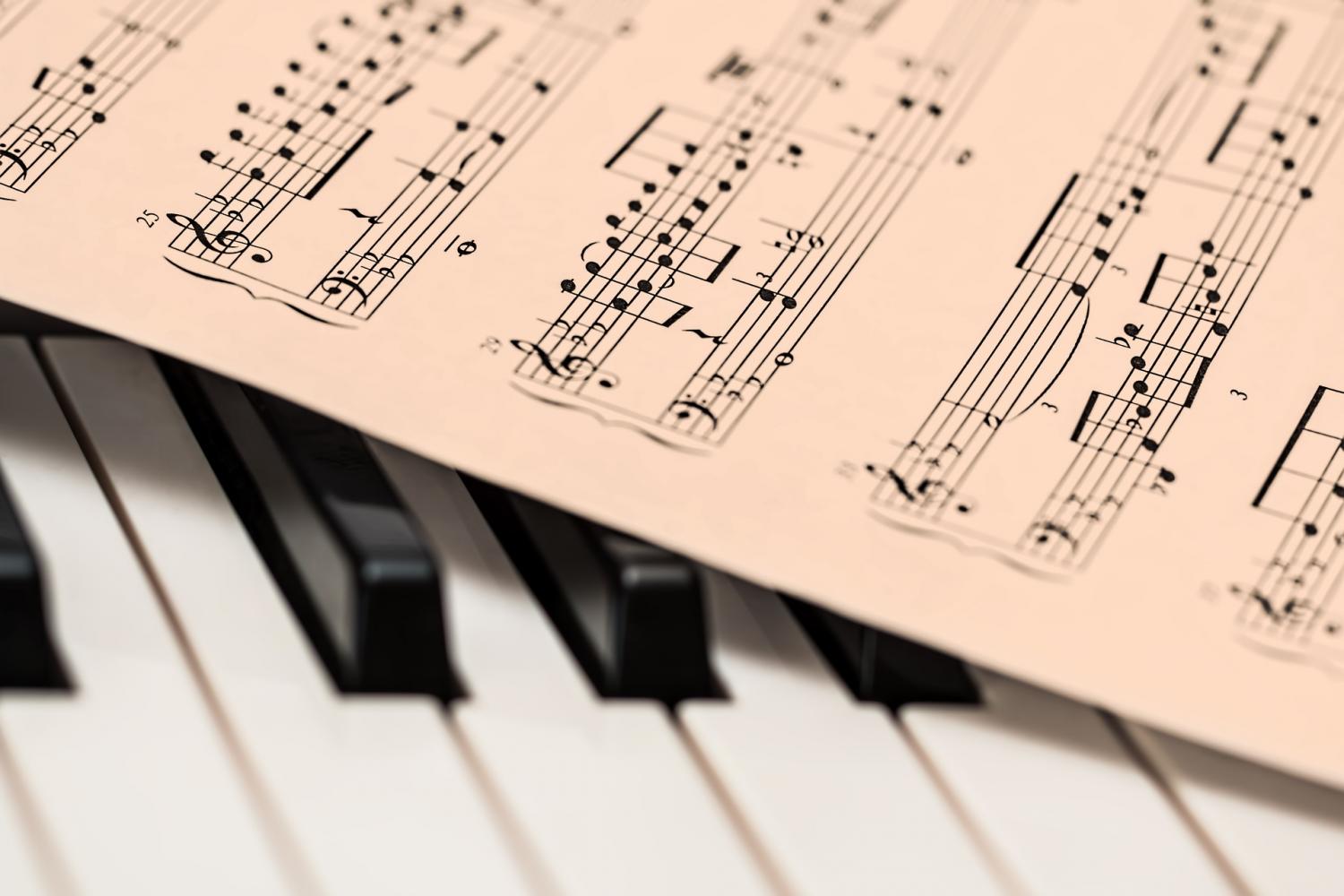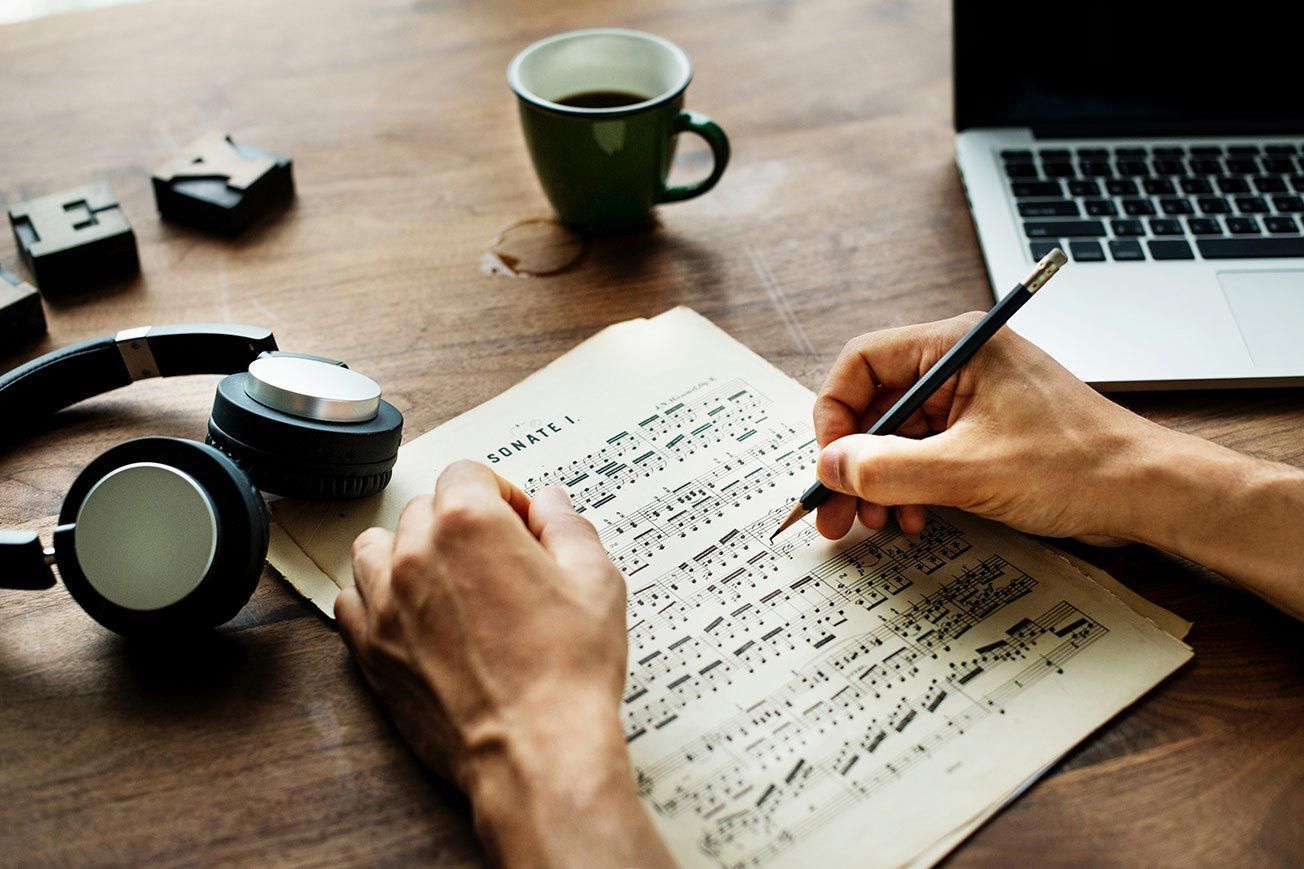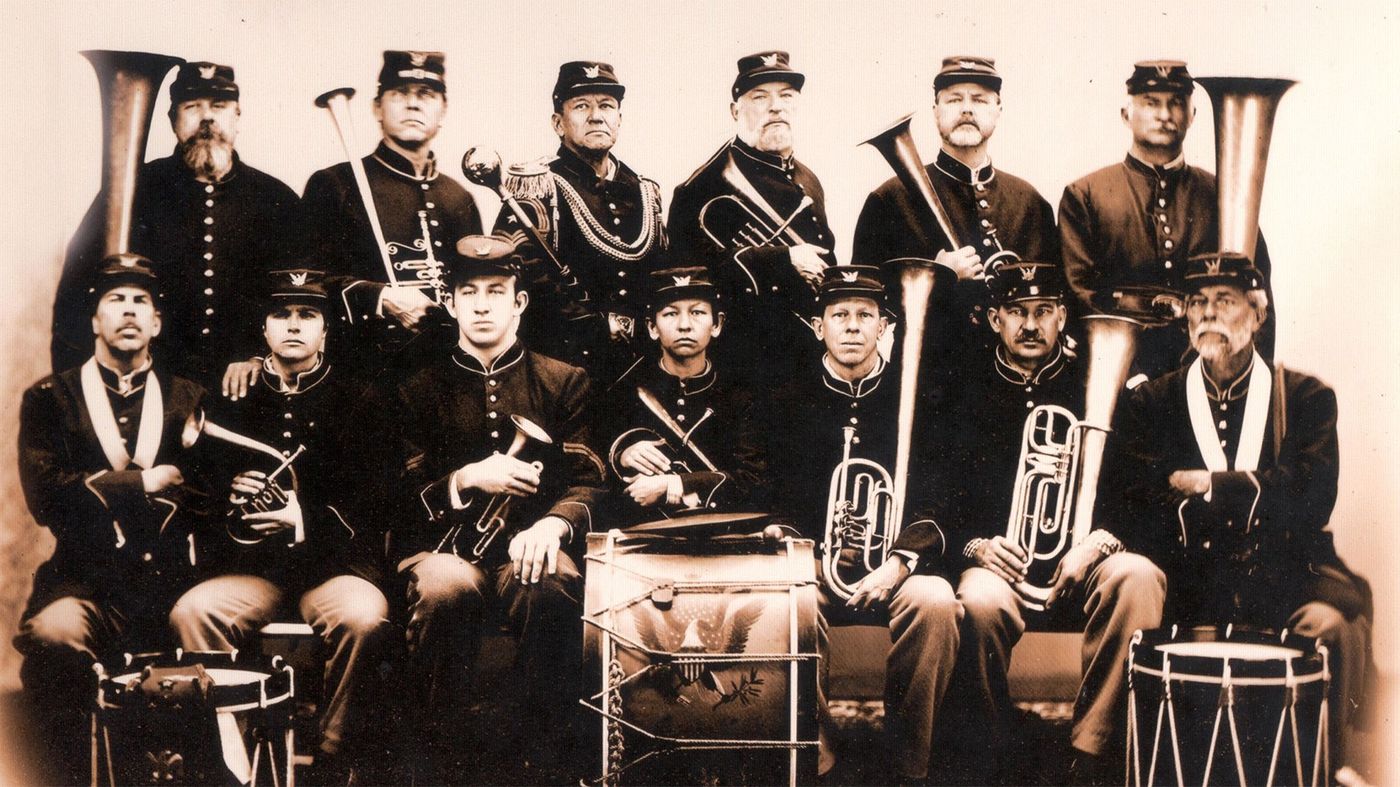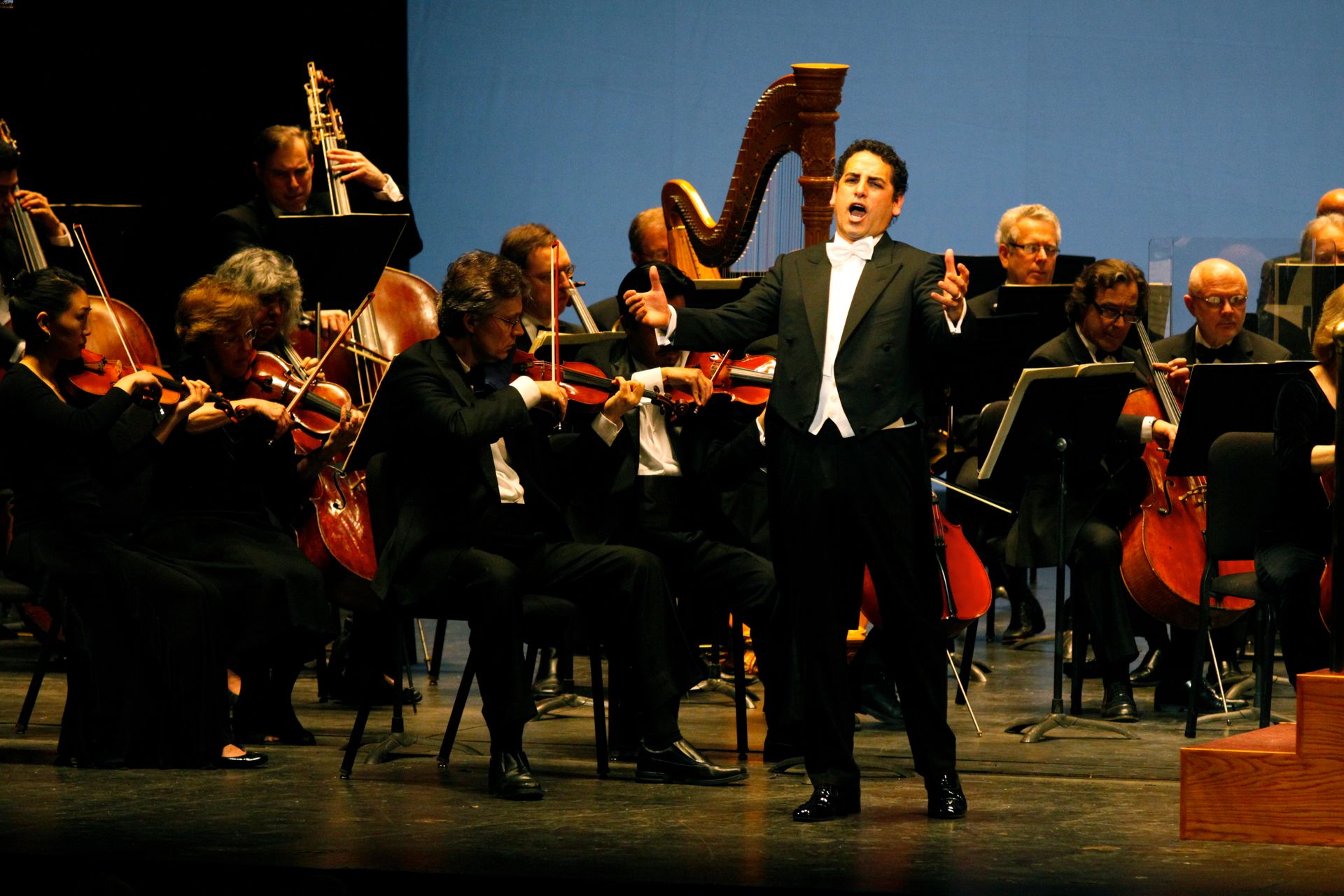Home>Events & Info>Music History>What Is Baroque Music History
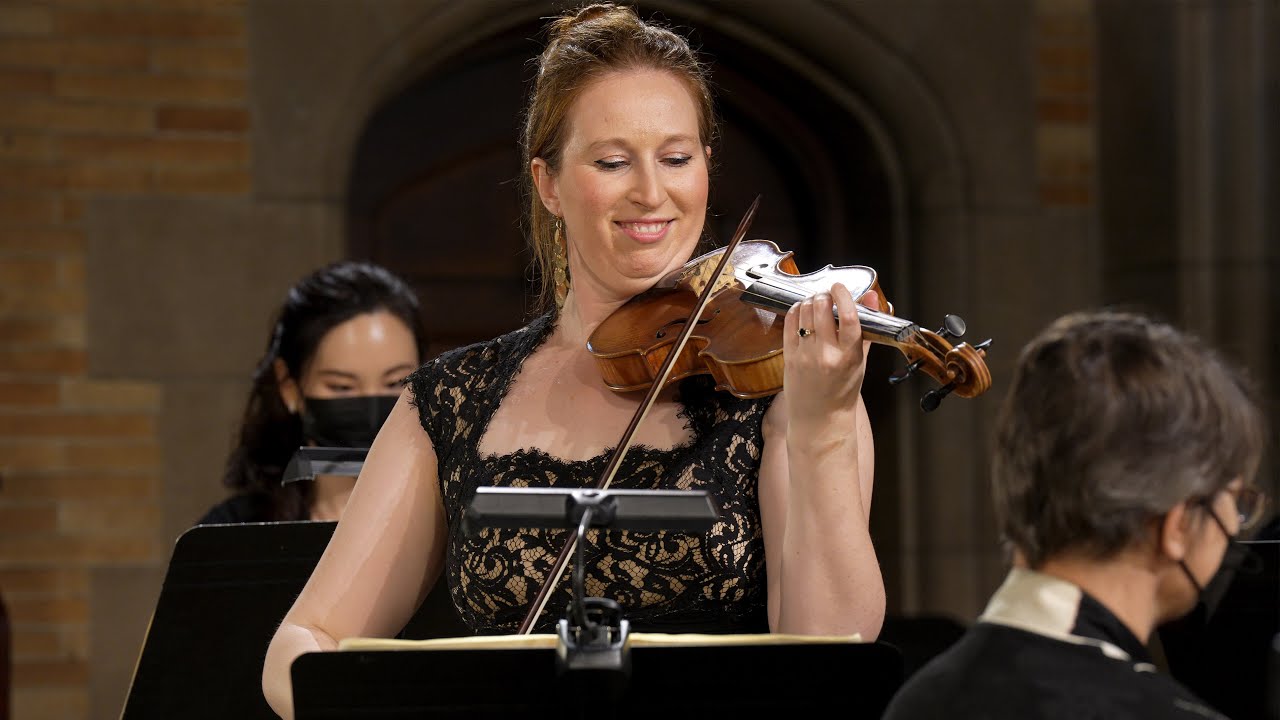

Music History
What Is Baroque Music History
Modified: February 24, 2024
Discover the rich and captivating history of Baroque music, from its origins to its impact on classical compositions. Explore the evolution of music history in this comprehensive guide.
(Many of the links in this article redirect to a specific reviewed product. Your purchase of these products through affiliate links helps to generate commission for AudioLover.com, at no extra cost. Learn more)
Table of Contents
Introduction
Baroque music is a remarkable genre that emerged during the Baroque period, a period in music history spanning from the early 17th century to the mid-18th century. This period witnessed a significant shift in musical styles and techniques, leading to the development of a rich and ornate musical language that continues to captivate audiences to this day.
Characterized by its intricate melodies, elaborate harmonies, and highly ornamented compositions, Baroque music is a testament to the creativity and artistry of the composers of the time. The music of this era sought to evoke intense emotions and create a dramatic impact on listeners, often incorporating complex polyphonic textures and virtuosic instrumental performances.
The Baroque period served as a transitional phase between the Renaissance and Classical periods, marking a departure from the restrained and contrapuntal style of earlier music. Baroque composers explored new forms and techniques, leading to the development of genres such as opera, concerto, oratorio, and suite.
During the Baroque era, music played an essential role in both religious and secular contexts. Many works were composed to be performed in churches and cathedrals, serving as expressions of devotion and worship. At the same time, music also found its place in the courts of wealthy patrons and aristocracy, where it was used to entertain and showcase the wealth and power of the ruling classes.
The Baroque period saw the emergence of many brilliant composers who pioneered the development of this genre. These include renowned figures such as Johann Sebastian Bach, George Frideric Handel, Antonio Vivaldi, and Jean-Baptiste Lully. They composed a vast repertoire of works that have stood the test of time and continue to be performed and admired by musicians and audiences alike.
In this article, we will explore the unique characteristics of Baroque music, delve into its origins and the key composers of the period, examine the major works and genres that emerged during this time, and explore the musical instruments that were prominent during this era. Additionally, we will discuss the lasting influence and legacy of Baroque music, and how it has shaped the course of music history.
So join us on this musical journey as we unravel the fascinating world of Baroque music and discover the beauty and complexity of this captivating genre.
Characteristics of Baroque Music
Baroque music is characterized by a range of distinct features that set it apart from other musical periods. These characteristics contribute to the unique and captivating nature of Baroque compositions. Let’s explore some of the key characteristics of Baroque music:
- Ornamentation: One of the most defining features of Baroque music is its elaborate ornamentation. Composers often added intricate embellishments, such as trills, turns, and mordents, to the melody lines, adding a sense of virtuosity and complexity to the compositions.
- Basso continuo: The basso continuo, also known as thoroughbass, was a foundational element in Baroque music. It consisted of a bass line and a harmonic accompaniment, often played by a keyboard instrument, such as the harpsichord or organ, along with a bass instrument, like the cello or double bass. This provided a harmonic framework for the composition and allowed for improvisation and flexibility.
- Contrast and Drama: Baroque compositions are known for their contrasting sections and dramatic effect. Composers used dynamic shifts, sudden changes in tempo, and alternating textures to create a sense of tension and release, making the music engaging and emotionally evocative.
- Unity of Mood: Despite the use of contrasting elements, Baroque music often maintains a sense of unity and overall mood throughout a composition. It showcases a consistent emotional atmosphere or sentiment, often reflecting the text or story behind the music.
- Polyphony: Polyphony, the interweaving of multiple melodic lines, is another hallmark of Baroque music. Composers developed complex and intricate polyphonic textures, using techniques such as imitation and counterpoint to create a rich and layered sound.
- Terraced Dynamics: Unlike the gradual dynamic changes found in later musical periods, Baroque music often employed terraced dynamics, where the volume abruptly shifted from soft to loud or vice versa. This abrupt contrast added to the dramatic impact of the music.
- Virtuosic Instrumentation: Baroque music showcased the virtuosity of instrumental performers. Composers wrote challenging and technically demanding parts for instruments, allowing musicians to demonstrate their skill and mastery.
These characteristics combined to create a distinctive and captivating musical style that defined the Baroque period. The ornate ornamentation, dramatic contrasts, polyphonic textures, and virtuosic performances all contributed to the unique and lasting appeal of Baroque music.
Origins of Baroque Music
The roots of Baroque music can be traced back to the late 16th century, during a time of great cultural and artistic transformation. The term “Baroque” itself comes from the Portuguese word “barroco,” meaning irregularly shaped pearl. It was initially used by critics in the 18th century to describe the ostentatious and ornamented style of art and music that emerged during the 17th century.
Baroque music developed as a response to the artistic and intellectual climate of the time. The Renaissance period, which preceded the Baroque era, featured a focus on balance, order, and proportion in all forms of art, including music. However, the Baroque period saw a shift towards theatricality, emotion, and artistic freedom.
The seeds of the Baroque style were sown in Italy, particularly in the city of Florence. Composers such as Claudio Monteverdi and Giulio Caccini experimented with a new vocal style that aimed to express the full range of human emotions. This style, known as monody, involved a solo singer accompanied by simple harmonies, allowing for greater flexibility and emotional expression in music.
Another significant development during this time was the rise of opera. The first true opera, Jacopo Peri’s “Dafne,” was premiered in Florence in 1598. Opera became an important form of entertainment and artistic expression, combining music, drama, and visual spectacle. Composers such as Monteverdi and Alessandro Scarlatti played pivotal roles in the evolution of opera, shaping its musical conventions and dramatic impact.
From Italy, the Baroque style spread throughout Europe, with different countries incorporating their unique cultural influences into the music. In Germany, composers such as Heinrich Schütz and Johann Sebastian Bach developed their own interpretations of the Baroque style, infusing it with their distinctive Lutheran traditions.
In France, the court of Louis XIV played a crucial role in the development of Baroque music. Jean-Baptiste Lully, the court composer, blended the Italian influences with French aesthetics, resulting in the creation of the French opera genre and the establishment of the French overture style.
England also embraced the Baroque style, with composers like Henry Purcell producing notable works, especially in the realm of sacred music and opera.
The origins of Baroque music lie in this vibrant and transformative period, marked by a departure from the musical conventions of the past and the exploration of new artistic possibilities. These roots laid the foundation for the flourishing of Baroque music, paving the way for the extraordinary compositions and innovations that define this period in music history.
Key Composers of the Baroque Period
The Baroque period saw the rise of many influential composers who left an indelible mark on the development of music. These composers not only shaped the Baroque style but also laid the foundation for future generations of musicians. Let’s explore some of the key composers of the Baroque period:
- Johann Sebastian Bach: Bach is hailed as one of the greatest composers in the history of music. His prolific output includes masterpieces in various genres, ranging from choral works, such as the Mass in B minor and the St. Matthew Passion, to instrumental compositions, such as the Brandenburg Concertos and the Well-Tempered Clavier.
- George Frideric Handel: Handel’s contributions to Baroque music are immeasurable. His famous compositions, including the oratorio “Messiah,” the operas “Giulio Cesare” and “Rinaldo,” and the Water Music suites, showcase his unparalleled skill in crafting powerful melodies and dramatic music.
- Antonio Vivaldi: Vivaldi, known as the “Red Priest,” was a master of the concerto form. His most famous work, “The Four Seasons,” illustrates his virtuosity as a composer and his ability to paint vivid musical pictures. Vivaldi composed numerous other concertos, operas, and sacred music, solidifying his place as a leading figure of the Baroque period.
- Henry Purcell: Purcell was a prominent English composer who excelled in both sacred and secular music. His compositions often feature expressive melodies and inventive harmonies, showcased in works such as the opera “Dido and Aeneas” and the choral masterpiece “Te Deum.”
- Jean-Baptiste Lully: Lully, a composer of Italian origin, became a central figure in French Baroque music. He was renowned for his instrumental music, as well as his contributions to the development of French opera. Lully’s notable works include the opera “Armide” and the orchestral suite “Le Bourgeois gentilhomme.”
- Arcangelo Corelli: Corelli was a prominent Italian composer and violinist. He played a crucial role in the development of the concerto grosso form and his influential collection, “Concerti Grossi Op. 6,” remains a cornerstone of Baroque orchestral repertoire.
These composers represent just a fraction of the remarkable talent that emerged during the Baroque period. Their groundbreaking compositions and innovative approaches to music continue to inspire and captivate audiences around the world. Their contributions have left an enduring legacy, ensuring that the music of the Baroque period will forever hold a cherished place in the annals of music history.
Major Works and Genre
The Baroque period marked a flourishing era of musical creativity, producing a wealth of significant works in various genres. These works showcased the mastery and innovation of the composers of the time. Let’s explore some of the major works and genres that emerged during the Baroque period:
- Opera: Opera became a dominant and popular form of entertainment during the Baroque era. Influential works such as Claudio Monteverdi’s “L’Orfeo” and Henry Purcell’s “Dido and Aeneas” exemplify the fusion of music, drama, and spectacle that defined Baroque opera.
- Oratorio: Oratorios are large-scale musical compositions, typically based on religious subjects, that incorporate vocal solos, choruses, and instrumental accompaniment. George Frideric Handel’s “Messiah” and Johann Sebastian Bach’s “St. Matthew Passion” are iconic examples of Baroque oratorios.
- Concerto Grosso: The concerto grosso is a genre that features a small group of soloists (known as the concertino) pitted against the full orchestra (known as the ripieno). Arcangelo Corelli’s “Concerti Grossi Op. 6” and Antonio Vivaldi’s “The Four Seasons” exemplify the brilliance of the concerto grosso form.
- Chamber Music: Chamber music refers to compositions written for a small ensemble of two to ten players, ideally suited for intimate performances. Baroque composers, such as Johann Sebastian Bach with his “Brandenburg Concertos,” crafted intricate and expressive chamber music pieces.
- Keyboard Music: Keyboard instruments, such as the harpsichord and organ, played a significant role in Baroque music. Composers like Johann Sebastian Bach, Domenico Scarlatti, and François Couperin composed numerous works for the keyboard, showcasing the virtuosity and expressive potential of these instruments.
- Suite: The suite is a collection of dances typically written for solo instruments or small ensembles. Baroque suites, such as Johann Sebastian Bach’s “Orchestral Suites” and Jean-Baptiste Lully’s “Le Bourgeois gentilhomme,” feature a variety of dance forms, including allemandes, courantes, sarabandes, and gigues.
These major works and genres represent the diverse and rich musical landscape of the Baroque period. From the grandeur of opera to the intimacy of chamber music, Baroque composers explored a wide range of musical forms and styles, leaving behind a legacy of extraordinary compositions that continue to be revered and celebrated today.
Musical Instruments of the Baroque Period
The Baroque period witnessed significant advancements in musical instrument construction and the emergence of new instruments that became integral to the music of the time. These instruments were designed to meet the demands of the evolving Baroque musical style and played a vital role in shaping the sound and character of the music. Let’s explore some of the key instruments of the Baroque period:
- Harpsichord: The harpsichord was one of the most prominent keyboard instruments of the Baroque era. With its distinctive plucked strings and varied tone colors, the harpsichord served as an essential accompaniment instrument in both solo and ensemble settings. Composers like Johann Sebastian Bach and Domenico Scarlatti composed numerous works specifically for the harpsichord.
- Organ: The organ held a central position in the music of the Baroque period, particularly in religious settings. Its powerful sound and vast tonal range made it well-suited for accompanying choral performances and creating grandiose musical effects. Famous Baroque organ compositions include Johann Sebastian Bach’s “Toccata and Fugue in D minor.”
- Violin: The violin emerged as the leading string instrument during the Baroque period. Its rich and expressive capabilities allowed composers to showcase virtuosic solo passages and intricate polyphonic textures. Antonio Vivaldi’s “The Four Seasons” is a prime example of the violin’s prominence in Baroque music.
- Flute: The flute, or more specifically, the transverse flute, enjoyed popularity in both solo and ensemble settings. Its brilliant and agile nature lent itself well to the virtuosic demands of Baroque compositions. Georg Philipp Telemann’s flute sonatas exemplify the flute’s versatility and expressive qualities.
- Trumpet: The trumpet, with its powerful and noble sound, was a favored instrument in the Baroque period, particularly in royal courts and churches. Composers like Johann Sebastian Bach incorporated the trumpet prominently in their sacred works, such as the famous “Brandenburg Concerto No. 2.”
- Viola da Gamba: The viola da gamba, a bowed string instrument, had a significant presence in the Baroque period, particularly in chamber music settings. Its warm and mellow tone made it a popular instrument for solo and ensemble performance. Composers like Marin Marais composed numerous works for the viola da gamba.
- Baroque Guitar: The baroque guitar, with its distinctive gut strings and ornate soundhole design, was a precursor to the modern classical guitar. It was commonly used as an accompanying instrument for dances and songs in both courtly and popular settings.
These instruments, along with a wide array of others, formed the musical palette of the Baroque period. The unique characteristics and capabilities of these instruments influenced the compositions and performances of the time, contributing to the rich and diverse musical tapestry that defined the Baroque era.
Influence and Legacy of Baroque Music
The influence and legacy of Baroque music on the development of music cannot be overstated. The innovations and stylistic elements of the Baroque period continue to inspire and shape the music we listen to today. Let’s explore the profound influence and enduring legacy of Baroque music:
1. Development of Musical Forms: Baroque composers introduced and refined musical forms that laid the foundation for future musical styles. The concerto, opera, oratorio, and suite are just a few examples of forms that originated during the Baroque period and serve as the building blocks of classical music.
2. Advancements in Instrumental Technique: Baroque music pushed the boundaries of instrumental technique, inspiring advancements in instrument design and performance techniques. Composers wrote demanding and virtuosic parts that challenged musicians to explore the expressive potential of their instruments.
3. Complex Polyphony and Counterpoint: Baroque music is renowned for its intricate polyphonic textures and contrapuntal writing. The art of weaving multiple melodic lines together in a harmonically rich manner laid the groundwork for later developments in music composition.
4. Emotional Expression: Baroque music sought to evoke and express intense emotions through its dramatic flourishes, ornate ornamentation, and dynamic contrasts. This emphasis on emotional expression paved the way for the development of Romantic music in the 19th century.
5. Popularity of Choral Music: The prominence of choral music in the Baroque period resonates to this day. The elaborate choral compositions of Bach, Handel, and others continue to be performed and admired, influencing the tradition of choral music and shaping the repertoire of vocal ensembles.
6. Continued Performance and Appreciation: Baroque music is still widely performed and appreciated by musicians and audiences worldwide. The enduring popularity of composers like Bach and Handel ensures that their works remain a staple of classical music concerts and recordings.
7. Influence on Later Composers: The innovations and artistic achievements of Baroque composers have had a lasting impact on subsequent generations of musicians. The compositional techniques and musical language developed during the Baroque era continue to inspire and influence composers of various genres and styles.
Overall, the influence and legacy of Baroque music can be felt in the foundations of Western music. Its emphasis on expressive freedom, technical virtuosity, and structural innovation have shaped the musical landscape and left an indelible mark on the rich tapestry of musical history.
Conclusion
The Baroque period stands as a remarkable chapter in music history, characterized by its ornate beauty, expressive power, and innovative spirit. Baroque music broke free from the conventions of the past and forged new paths of musical expression that continue to captivate listeners today.
With its intricate melodies, elaborate harmonies, and virtuosic performances, Baroque music embraced the drama and emotion of the human experience. It pushed the boundaries of musical forms and technique, laying the groundwork for future generations of composers and performers.
The legacy of Baroque music can be seen in the enduring popularity of composers such as Bach, Handel, and Vivaldi, whose works continue to be celebrated and performed. Their compositions have become touchstones of the classical music repertoire, their melodies lingering in the hearts of audiences around the world.
Furthermore, the influence of the Baroque period extends far beyond its own time, shaping the development of musical forms, instrumental technique, and emotional expression. The techniques of complex polyphony and expressive ornamentation continue to influence composers in various genres.
Even as we celebrate the beauty of Baroque music, it is crucial to recognize and appreciate the notable contributions of the composers and musicians of this era. Their creativity, innovation, and dedication to their craft have left an indelible mark on the history of music.
So, let us continue to revel in the grandeur and brilliance of Baroque music, discovering its intricacies, exploring its vast repertoire, and celebrating its enduring legacy. It is through the preservation and appreciation of such musical treasures that we ensure the spirit of the Baroque period lives on, enriching our lives with its timeless beauty and artistic genius.


